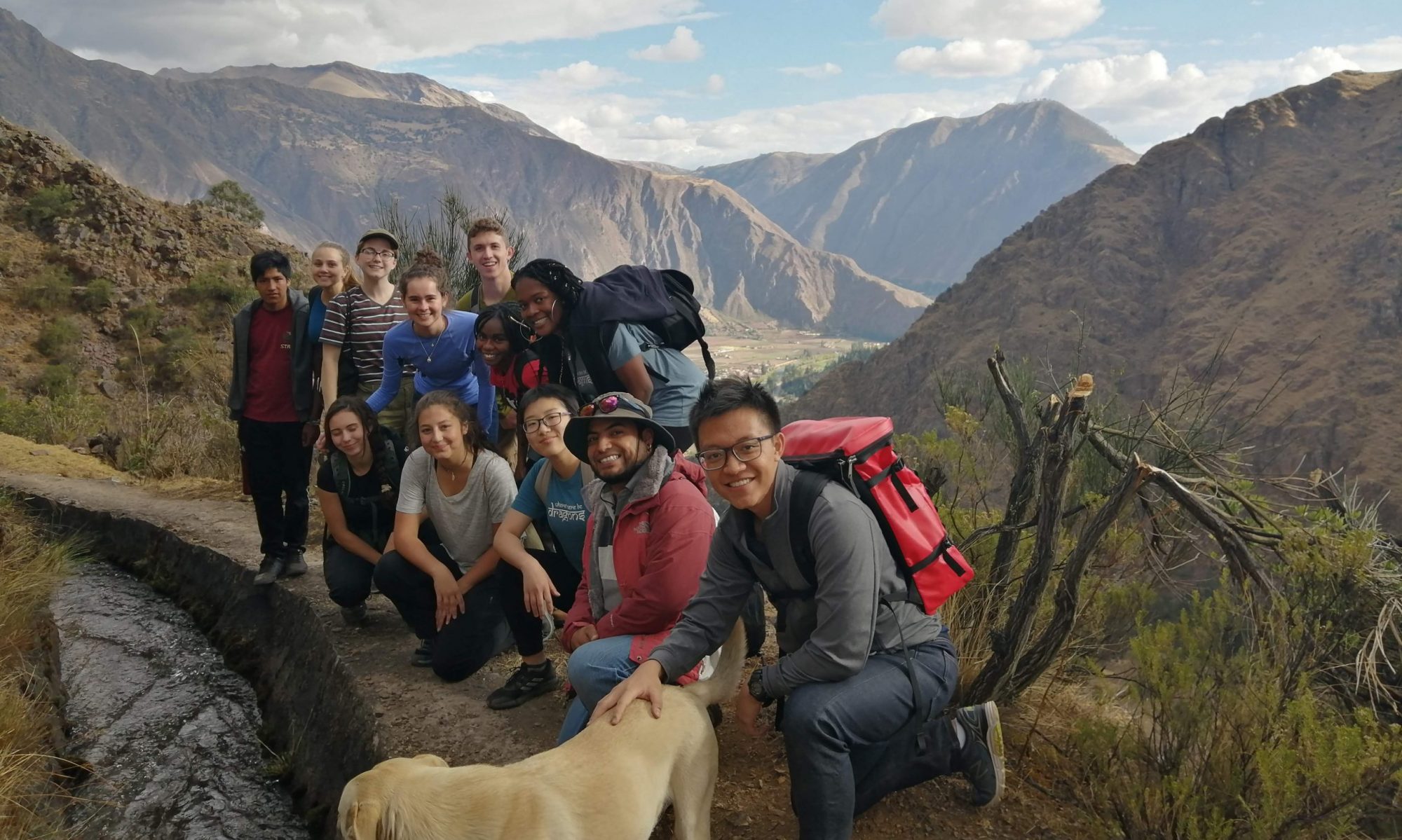by Sawyer, Tufts 1+4 Participant
Hunger at its finest is a natural human instinct, but what ignites the desire within humans to create food so pleasing to the senses? Has this yearning for flavor overtime coincided with the development of evolutionary traits, such as our taste buds? I have come to ponder the idea of food typical to the multitude of cultures we have on this planet, perhaps more frequently during these last three months in Nicaragua. It is certain that my love for Nicaraguan cuisine has prompted this very post, yet it alone keeps me returning home every night at six to indulge in the miraculous dinner that my host family cooks for me. As a fairly new traveler — right now being my first time out of the U.S. — I have not failed to keep my senses keen and active during my walks through the city of León. I am constantly in search of a new dish to try, whether in simply be a customary snack or the authentic street food. Luckily, my host grandma sells food out in the street in front of our house, so if I’m feeling lazy, my craving can be satisfied three steps away. Needless to say, I have made it a goal of mine to taste the majority of typical Nica comida throughout the region I live in.
However, it isn’t just the act of eating the food that can paint this picture. At work, one of my good friends and coworkers, Isidro, also sells food from his house on weekends. As the school year was coming to an end, all the maestros planned on having a small celebration to complete the long year. It was Isidro’s job to cook the food for over twenty people, and he appointed me as his co-chef (what a professional title I have given myself). We were preparing to make sopa de res, or beef soup, a soup much more exquisite than normally made in the U.S. I say this due to the influx of ingredients that goes into this soup. Isn’t it just beef? No, here in Nicaragua full plátanos (bananas), elotes (ears of corn), yucca (plant root), and repollo (cabbage) make their way into sopa de res, along with many others. I was bursting with joy, as eating the common food here was one thing, but being able to create it seemed much more pleasurable. I was now building relationships, experiencing culture, and learning a new skill, all through the process of cooking. After cutting the meat and vegetables for hours on end, we realized that the wood burning stove would not cook this massive pot of soup fast enough, so we made a fire outside and, with the help of a few large rocks, we had a relatively unstable placement for our concoction. At one point, while stocking the fire, a rock slipped and the entire cauldron nearly tipped over. Luckily for us, a few blisters later and we managed to stabilize our campfire setup once again. We now have an anxiety ridden story to tell all of friends and family. My point is, cooking has brought us together on another level which can only be achieved by an intercambio of cultures. During a student party the following week, we made a traditional dish called Caballo Bayo, a great continuation for our exchange of ways of life. We now have plans to get together again so I can show Isidro how to cook a typical dish from the United States, an activity that will further strengthen out relationship and appreciation for other cultures.





Loved this post!!! Brings back many great memories (:
Just reading this now, Sawyer, and it made me think back to our orientation session on mindfulness. In your recording of this experience, I could picture each moment so clearly; I almost taste that soup with its flavors of beef and vegetables, smoky from the fire. I love your “joy of cooking” and the connections between creating food and building relationships. I can’t wait to hear more stories and break bread together when you return. Thanks for sharing this wonderful snapshot!